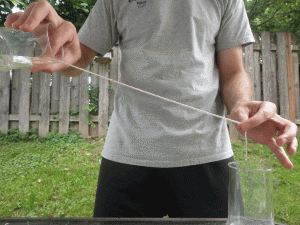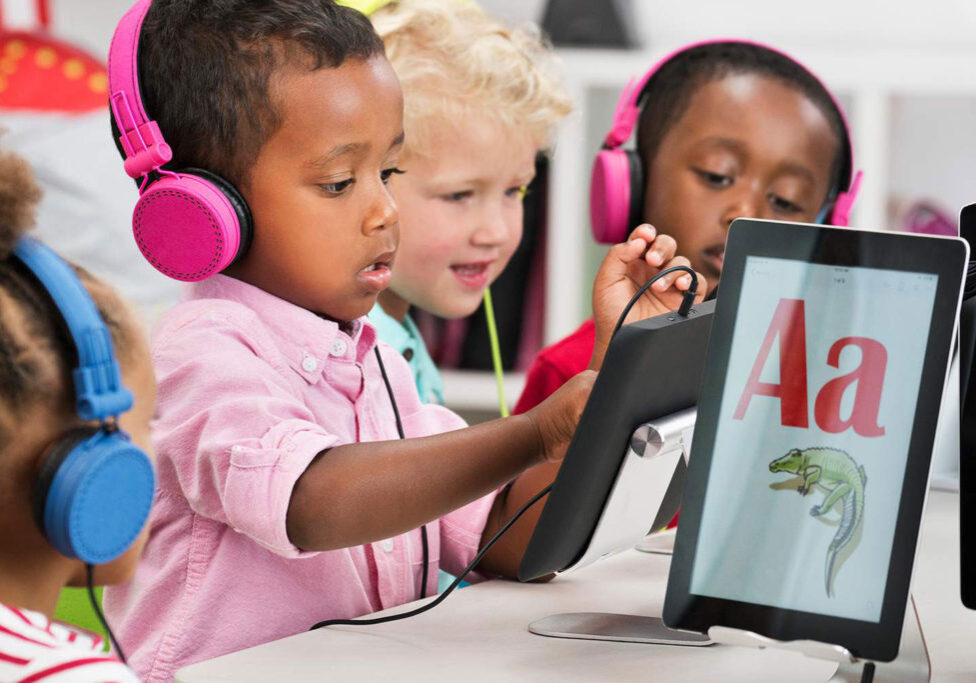Sometimes you just have to pour water from one container into another, simply by using a string. Well, maybe not, but this is a cool experiment that makes you wonder why water is able to do what it does so well.
Materials:
Two cups/glasses, some water, and some absorbent cotton twine/string (needs to be thicker than thread). Follow-up experiment uses wax paper, a toothpick and water.
Procedure:
- Cut a 2-foot-long segment of the string.
- Fill one cup about halfway with water.
- Soak the string in the water for 10 seconds or until it is soaked through.
- Put one end of the string into the cup with water and hold the other end above the empty cup.
- Hold the cup with water up, using your pointer finger to keep the string at the bottom of the rim as you turn it towards the empty cup.
- Pour the water slowly along the string … watch as it clings to the string and drips off the end into the empty cup! (Be prepared to clean up a little as spilling is bound to happen).
Explanation:
Water has some special properties, making it a very unique substance. It has both strong “cohesive” and “adhesive” properties. What this means is that water can stick to itself (cohesion) and other things (adhesion). This goes down to the molecular level of how a water molecule looks: it has two hydrogen atoms and one oxygen atom. These atoms end up having positive and negative charges, which cause them to stick to one another. This is why you see raindrops clump together on your windshield when it rains, why water makes nearly spherical drops, and why it makes a stream of water as it flows down the string in this experiment!
At first, you soak the string in the water, and the water adheres to it. Even though water may drip off the string, it is still soaked in it. That is adhesion. When you pour water along it, you notice the water clings to other water molecules attached to the string, and you see it form a little stream underneath the string. That is cohesion!
Another experiment:
- Take a 1-foot section of wax paper and put it on a table.
- Get a cup of water and make a few droplets of water on the paper.
- 3. Notice how the water does not adhere at ALL to the paper? Water doesn’t stick to everything.
- 4. Using a toothpick, or just lifting parts of the paper, move the droplets around and into each other. Experiment with how they move and interact!
Experiment further:
I hope you enjoyed these simple experiments. If you have more questions, or need tips about science fair ideas around this topic (or others), contact the author through North State Parent.
Posted in: Education
Comment Policy: All viewpoints are welcome, but comments should remain relevant. Personal attacks, profanity, and aggressive behavior are not allowed. No spam, advertising, or promoting of products/services. Please, only use your real name and limit the amount of links submitted in your comment.
You Might Also Like...
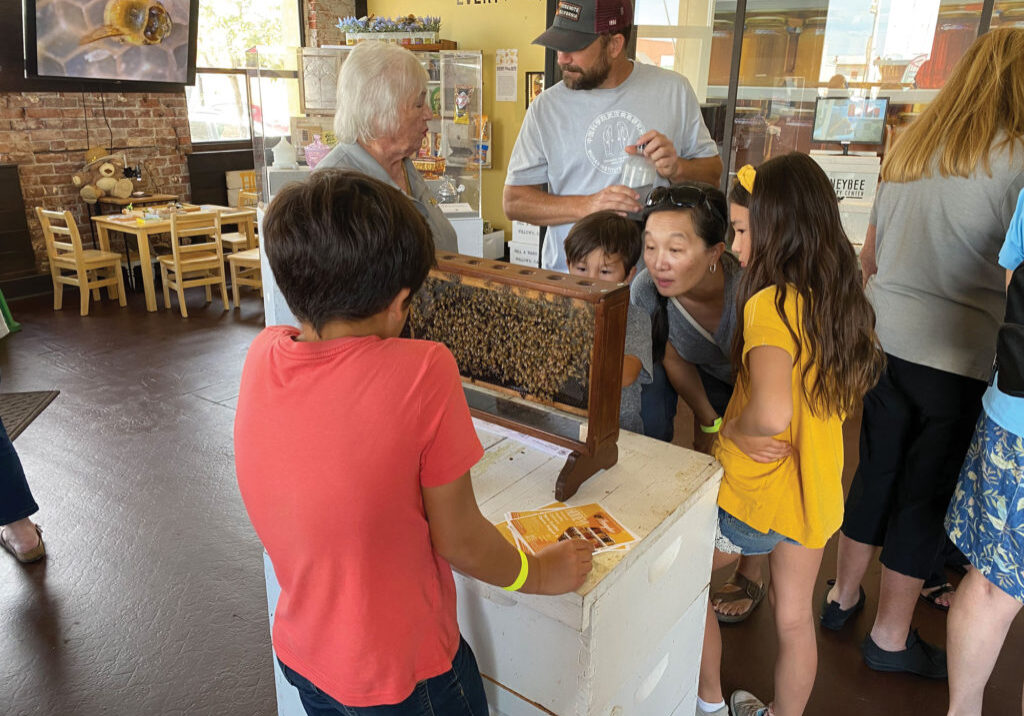
Getting All the Buzz on Bees at Orland’s Honeybee Discovery Center
Because one-third of all the food we eat is directly or indirectly dependent on honeybee pollination, bees and other pollinators are vital for human life. At Orland’s Honeybee Discovery Center, […]

Taming Butterflies – Proactive Steps Now Will Help Kids Calm Public Speaking Jitters Later
“Speak up! I can’t hear you!” repeatedly boomed my seventh-grade life science teacher from the back of the room. The words I’d practiced at home clung to the back of […]
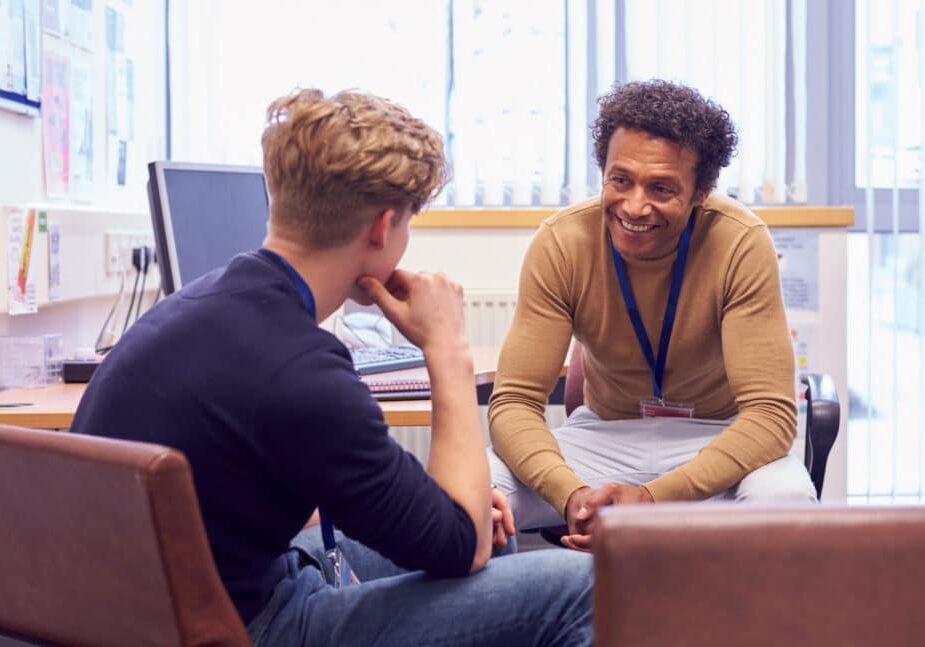
School Counselors in the North State: A Valuable Resource for Kids and Families
How school counselors can improve lives “I hope you don’t know my kid,” parents say jokingly to Michael Bettes, school counselor at North Cottonwood Elementary school in Cottonwood, CA. No […]
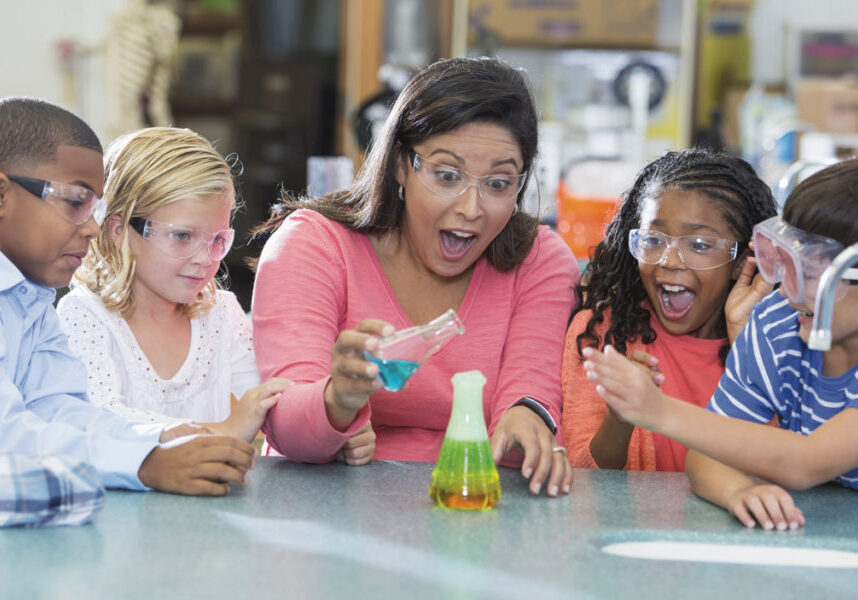
Closing the Gender STEM Gap
Chico’s American Association of University Women Supports STEM Education *Science, Technology, Engineering, and Math education (STEM) The path to women’s economic empowerment and independence is through education. Michelle Obama is […]

